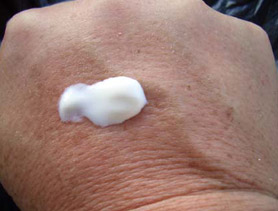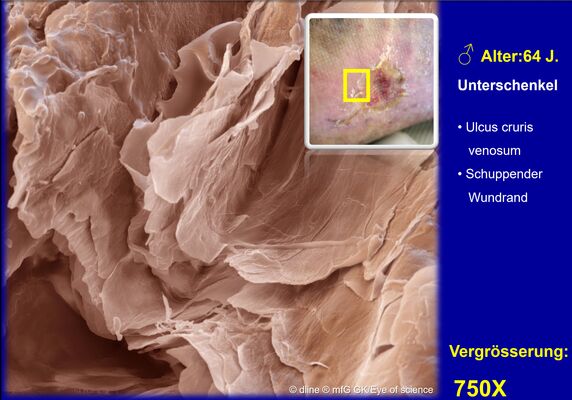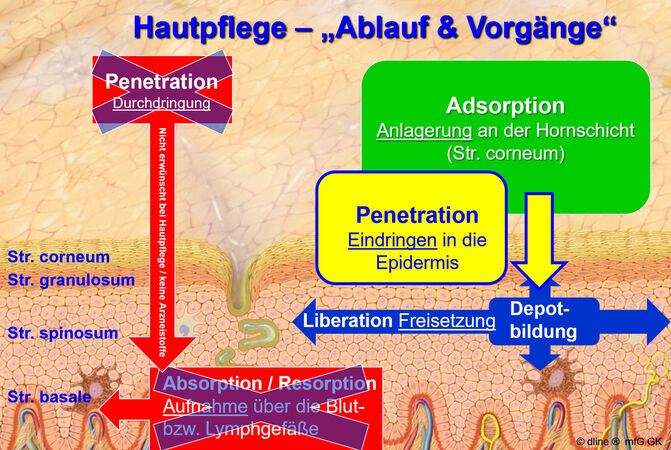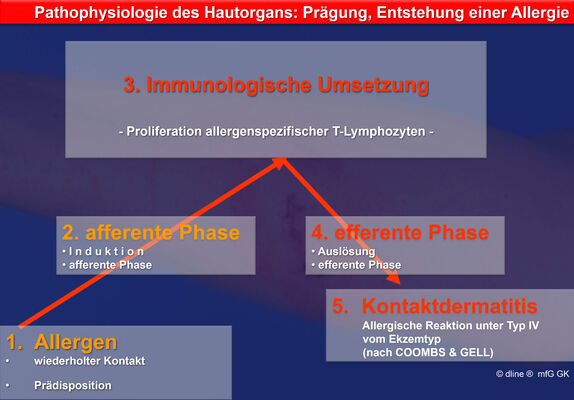Skin Care General - Requirements for Modern Skin Care
Skin care, when consistently considering scientific knowledge, can be much more than just a supporting care measure, especially for chronically ill patients and even more so for chronic wound patients. Although it cannot replace the differential therapy of actual pathological conditions, it can sensibly complement it. This can reduce the necessity of applying local therapeutics in terms of frequency and duration and, fundamentally, if care is timely and sufficient, make differential therapy entirely unnecessary.
Mechanisms of the Action of Topically Applied Substances
- Adsorption: Attachment, adherence of the care preparation to the skin surface (stratum corneum)
- Penetration: Penetration of the skin care components through individual layers of the skin organ (in skin care, the target layer is practically the epidermis)
- Liberation: Release and transfer of substances that have already migrated and been deposited in the stratum corneum to deeper structures
- Permeation: Penetration of various skin tissue layers
- Absorption: Uptake and distribution of substances into the skin layers/zones
- Resorption: Uptake of a substance into the bloodstream (systemic efficacy – not desired in skin care)
Replenishment of Fats

The supply of lipid components to skin in need of care should correspond to the physiological skin lipid content. Overall, skin lipids include free fatty acids as well as cholesterol and fatty acid esters, which are present in a defined concentration ratio. Among the fatty acid esters, ceramides (esters of longer-chain omega-hydroxy-fatty acids and linolenic acid) play a fundamental role in maintaining or restoring skin resistance. These ceramides are demonstrably reduced in aging and eczema-prone skin. Substitution through local application is possible. Our application observations repeatedly demonstrated the practical necessity of lipid-graded skin care.
Hypoallergenicity
This issue is particularly important due to the multiple contact sensitizations of chronic wound patients. Studies show that approximately 2 to 9 percent of the general population have one or more sensitizations in terms of an allergic type IV reaction. In comparison, patients with chronic ulcers are affected in 65 to 80 percent of all cases. Without going into detail, the demand for modern skin care should be logical: meaningful substance combinations should be chosen, consciously avoiding known potent allergens, such as essential oils. Additionally, specific preparations should be available, which are produced consistently without ingredients of higher allergenic potency, such as fragrances, colors, or preservatives.



